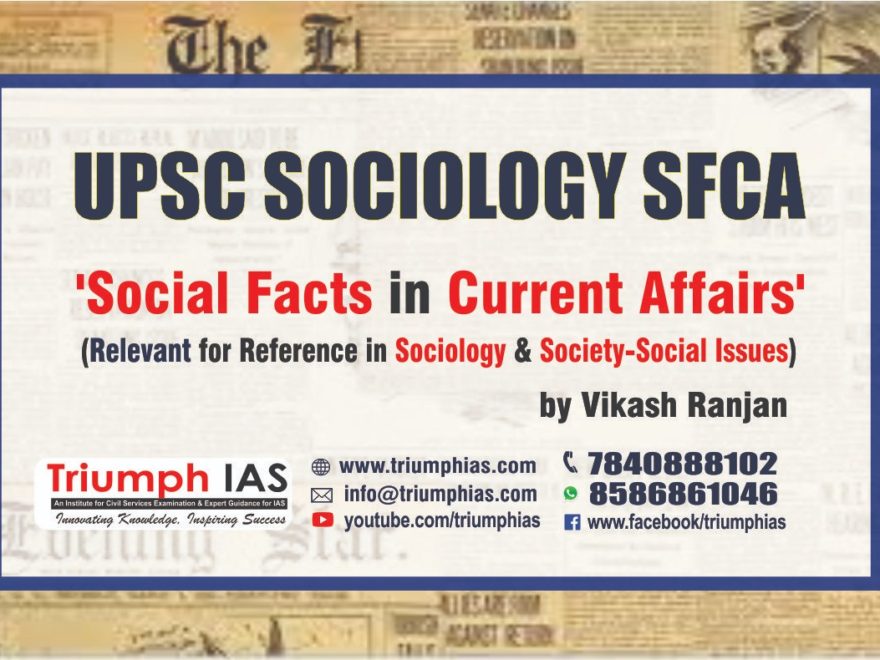Skip to content

RIGHT INFORMATION KEY TO DELIVERING WELFARE
- (Relevant for Sociology Syllabus: Paper 1- Social Change in Modern Society & Paper 2- Rural and Agrarian Transformation in India)
- (Relevant for GS Syllabus: Paper1- Social empowerment)

- Sharing correct information with the beneficiaries of social welfare programmes could help reduce the last-mile delays.
- India has launched several welfare programmes in recent decades, ranging from direct benefit transfers to Ayushman Bharat and the PM-KISAN scheme. But their implementation and delivery at the “last mile”—the final stage of the process—remains a key challenge.
- A new study by Upasak Das of the University of Manchester Global Development Institute and others shows that keeping the intended beneficiaries updated with correct and relevant information about such programmes can significantly improve the welfare outcomes.
- South Korea to decide on tougher distancing as COVID-19 count hits another high
- As an experiment, the researchers publicized information on wages credited under the Mahatma Gandhi National Rural Employment Guarantee Scheme in parts of Telangana. After the wages were credited to the workers’ accounts, lists of beneficiaries were put up at main locations in the village. Messages on various provisions of the programme were also sent out through local meetings, phone calls and radio.
- Generalized campaigns, which involved dissemination of information through radio and meetings, improved awareness, but personalized information campaigns attempted by the researchers had better impact. It was successful in reducing last mile delays and encouraging greater participation in the programme.
- Earlier, the delays had been taking place because workers were often not aware when their wages got credited to their accounts. Postal officials, including managers, often exploited this fact and used payments for their own needs.
- In 2017, payments were delayed by 66 days on average, but this reduced by 28 days as a result of the intervention, the authors say. The relief was even more significant for beneficiaries from the scheduled castes and tribes.
- The authors also found that the programme reached more people in the year following the intervention. The improvement in outcomes is likely to have encouraged more people to participate, the authors suggest.


